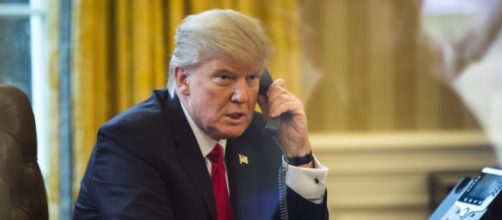McClatchy is reporting that like President Obama before him, President Donald Trump is interested in building high-speed rail lines across the United States. The idea is that 200 miles per hour trains would whisk passengers and cargo between destinations, substantially cutting down travel times. However, an emerging technology called the hyperloop may already be about to make the high-speed train obsolete.
The Hyperloop would propel people and cargo in pods down a sealed tube using magnetic accelerators at speeds more than 700 miles an hour. The technology was invented by SpaceX’s Elon Musk and is now being refined by a number of private companies.
Musk claims that a Hyperloop line between Los Angeles and San Francisco would cost about $6 billion to build as opposed to the nearly $70 billion (and growing) that the proposed high-speed rail line is estimated to cost. The line would be solar powered and, since it is built on elevated pylons, would have less of a “footprint” than a rail line. Hyperloop lines could be built along Interstate highways.
So far the Hyperloop has only consisted of test tracks, but so far the technology looks promising. One proposal would create a line between Los Angeles and Las Vegas, primarily for cargo. Another project would connect Vienna, Bratislava, and Budapest.
Of course, the Hyperloop is a new, unproven technology that could have unforeseen problems once attempts are made to put it into practice.
Supersonic travel on the ground could be stressful for human beings, especially if there are too many turns on the journey.
Nevertheless, the Trump administration should approach the siren call of building railroads with caution. To be sure existing rail lines and tunnels, some of them approaching a century old, need upgrading. But if a way can be found to move people and cargo between cities at greater speeds, as less cost, powered by renewable energy, using less land, then that way should be seriously considered. Great care, at any rate, should be taken when spending hundreds of billions of dollars. Perhaps a prototype project, connecting two cities somewhere in the United States, should be undertaken to test the usefulness of the Hyperloop before committing to high-speed rail.

